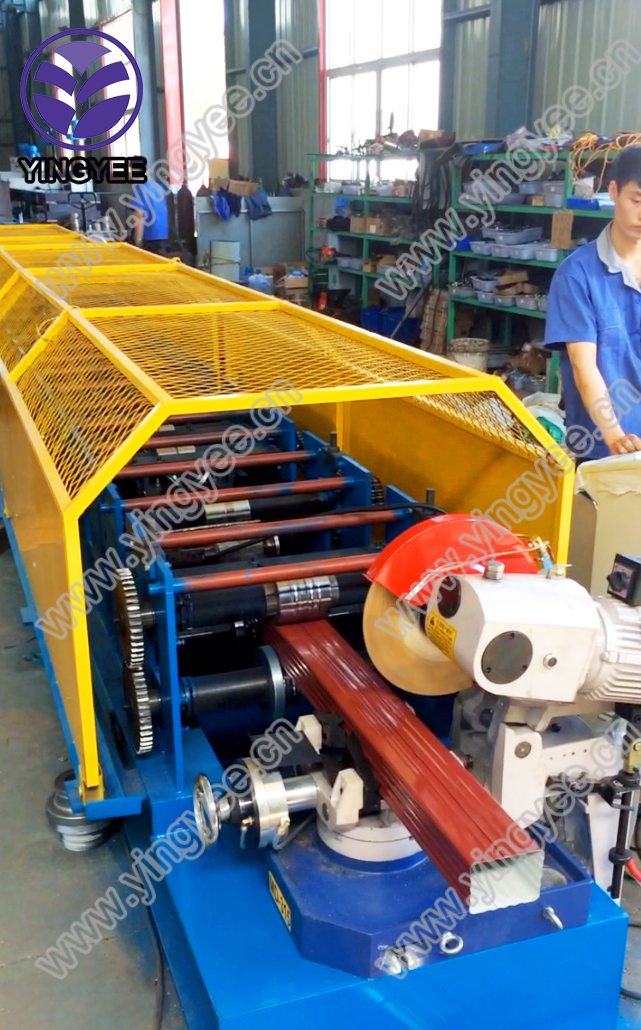
The Tube Mill Production Line An Overview
The tube mill production line is a critical component in the manufacturing of high-quality tubes and pipes, widely used across various industries, including construction, automotive, and energy. This process is designed to produce tubes of different sizes and specifications efficiently while ensuring high precision and strength.
Components of a Tube Mill Production Line
A typical tube mill production line comprises several key components, each playing a vital role in the overall manufacturing process.
1. Slitting Line The production process begins with a slitting line, which takes flat steel coils and cuts them into narrower strips. The dimensions of these strips depend on the specifications required for the final tube products. Precision in this step is crucial as it impacts the quality of the final tube.
2. Roll Forming Machine After slitting, the strips are fed into the roll forming machine. This machine is equipped with a series of forming rollers that gradually shape the strip into a cylindrical form. The design of these rollers is crucial, as they determine the final diameter and thickness of the tube. Roll forming can be a continuous process that allows for the production of long lengths of tube.
3. Welding Section Once formed, the edges of the strip must be welded together to create a seamless tube. The most common welding methods include high-frequency induction welding and TIG (Tungsten Inert Gas) welding. High-frequency welding is preferred for its speed and ability to maintain the mechanical properties of the metal while ensuring a strong and clean weld seam.
4. Cooling and Sizing Following the welding process, the newly formed tubes are cooled, often through water quenching, to stabilize their shape and dimensions. A sizing section is employed to ensure that each tube meets the required specifications for diameter and wall thickness. This stage may also incorporate straightening processes to eliminate any distortions from welding.

5. Cutting Machine After the tube is stabilized, it is cut to the desired lengths using high-precision cutting machines. This step allows for customization according to customer specifications and is essential for ensuring that the finished products are suitable for their intended applications.
6. Finishing and Inspection The final stage of the tube mill production line involves various finishing processes, such as surface treatment and coating, to enhance the durability and aesthetic appeal of the tubes. Quality control inspections are performed at different stages of production to ensure that the tubes meet industry standards and customer requirements. This may include non-destructive testing methods to identify any potential defects.
Advantages of Tube Mill Production Lines
The use of tube mill production lines offers several advantages
- Efficiency Automated processes reduce manual labor and increase production speed, resulting in higher output and lower costs. - Customization Modern tube mills can quickly adapt to produce various tube sizes and shapes, catering to diverse customer needs. - Quality Control Advanced technology and continual inspection ensure that the produced tubes maintain consistent quality and meet industry specifications, reducing waste and returns.
Conclusion
The tube mill production line plays a pivotal role in various sectors by providing the necessary materials for construction, manufacturing, and more. As technology evolves, these production lines are becoming more sophisticated, incorporating automation and advanced quality control systems to meet the demands of an ever-changing market. Manufacturers looking to enhance their production capabilities should consider investing in modern tube mill production lines to achieve efficiency, quality, and adaptability, ensuring they remain competitive in the global marketplace.